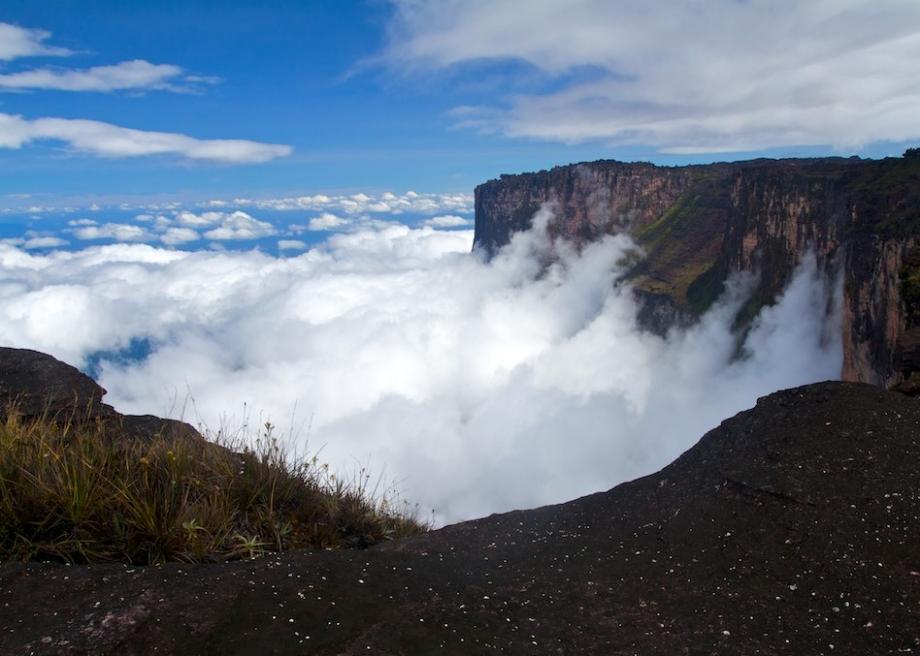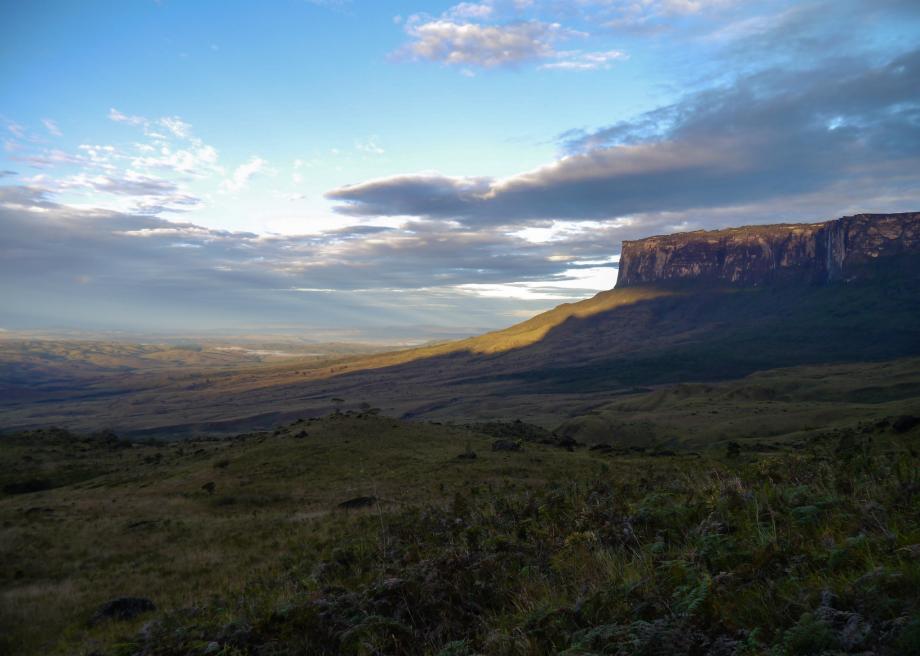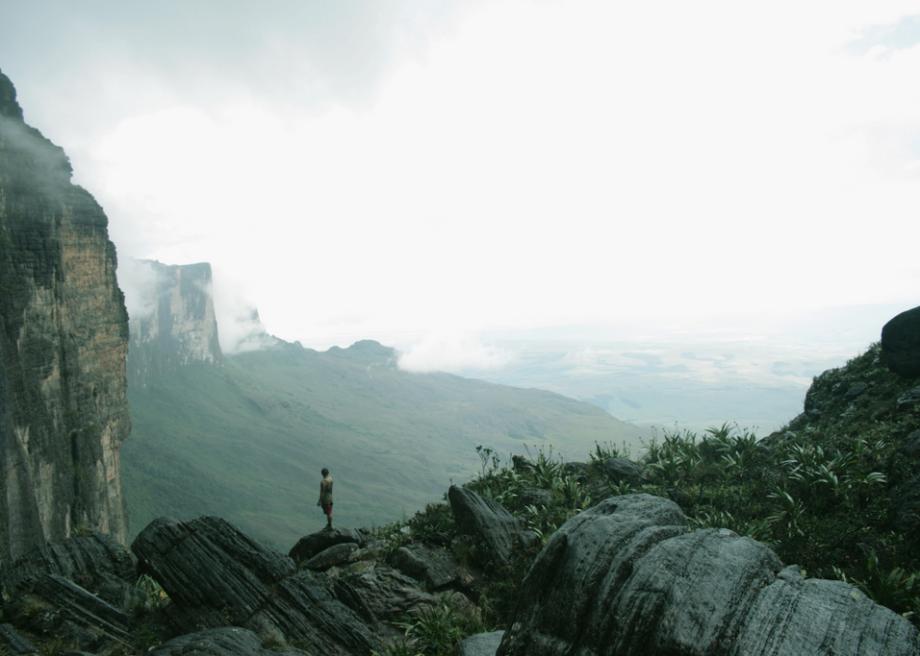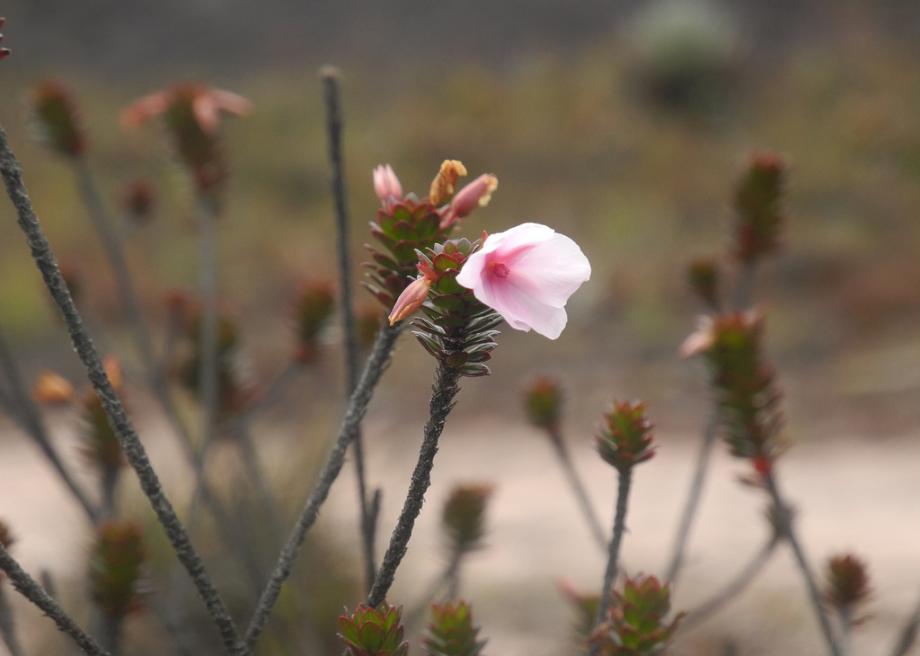The Lost World Atop Mount Roraima
Atlas Obscura on Slate is a blog about the world's hidden wonders. Like us on Facebook, Tumblr, or follow us on Twitter @atlasobscura.
In the Guiana Highlands in southeast Venezuela, a series of mesas rise from the ground, thrusting forests hundreds of feet into the air. Known as "tepui" or the "house of the gods," the 1.7-billion-year-old structures once formed a connected landform, but broke apart long ago.
The flat top of the highest of the Pakaraima chain of mesas, Mount Roraima, is surrounded on all sides by 1300-foot-tall cliffs. Because of its island-like ecological isolation, Roraima has a distinct ecosystem rich with unique botanical, zoological and geological curiosities. Fingernail-sized black toads, carnivorous marsh plants, and fields of quartz crystals combine with strange rock formations to create an otherworldly environment.
Reports of this exotic land-island are said to have been one of the inspirations for Arthur Conan-Doyle's The Lost World, in which dinosaurs and ape men are discovered living atop an isolated mountain.
Mount Roraima sprawls across three nations, sitting on the Venezuela-Brazil-Guyana border. The easiest way to the top is from the Venezuelan side. "Easy," of course, is relative: it takes at least two days to trek to the summit.
View Mt Roraima in a larger map







